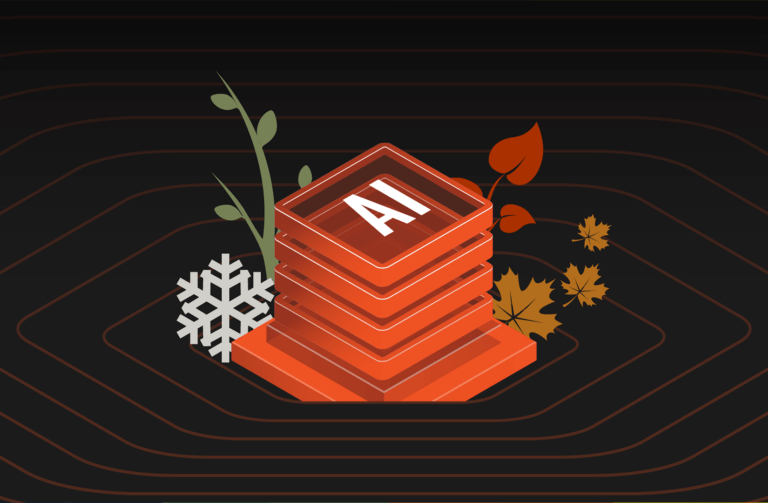Summary
AI-powered cyberattacks are more sophisticated and more potent. To combat this increased risk, organizations need to invest in robust cybersecurity defenses, including a tiered resiliency architecture.
Alongside its many benefits, AI has also empowered malicious actors to launch increasingly sophisticated cyberattacks, with ransomware emerging as a particularly potent threat.
A recent report by the UK’s National Cyber Security Centre (NCSC) warned that malicious attackers are already taking advantage of AI to evolve ransomware attacks, posing significant risks to individuals, businesses, and even critical infrastructure. Threat actors such as APT28 have been busy using large language models (LLMs) in elaborate moves to avoid detection and run advanced reconnaissance.
Here’s a closer look at these threats—and how to stay resilient against them.
How AI Adds Sophistication and Scale to Attacks
Ransomware attacks have been a persistent threat for years, and the integration of AI techniques is elevating these attacks to a new level of sophistication, speed, and scale.
Adapting and customizing in real time. AI-powered ransomware is capable of adapting its tactics in real time and modifying malware code to evade detection. LLMs can be used to alter the source code of a piece of malware to avoid triggering rules, such as YARA rules, which identify patterns in malware families to alert a potential attack.
Automating attacks. AI can automate various stages of the attack process, increasing the efficiency of attacks and reducing the need for human intervention.
Precision-targeting weaknesses. By leveraging AI for reconnaissance and vulnerability assessment, AI-powered ransomware can exploit weaknesses in existing cybersecurity defenses with alarming precision. Attackers can identify and exploit entry points that traditional defenses may overlook. This includes zero-day vulnerabilities and misconfigurations in software and systems, further complicating the task of defending against such attacks. Machine learning (ML) algorithms can analyze vast amounts of data to identify potential targets, craft convincing phishing emails, and even customize ransom demands based on the victim’s profile.
Well-informed follow-on attacks. Multimodal language models (MMLMs) that can parse videos and photos of facilities, equipment, and other publicly available information can help attackers gain metadata, software versions, and geolocation data to understand technical specs to deepen attacks.
Deep fakes and “brandjacking” with generative AI could also be used to lure victims into providing credentials with realistic, legitimate-looking sites—“influencing operations”—with AI-generated news articles or faked videos.
More Risk Requires More Resilience
The consequences of AI-powered ransomware attacks can be devastating: significant financial losses, reputational damage, and even operational disruption. In some cases, the payment may be the only option for recovering encrypted data, perpetuating the cycle of cybercrime and incentivizing further attacks.
To combat the rising tide of AI-powered ransomware attacks, a tiered, data-resilient security architecture is required. This includes investing in robust cybersecurity defenses that leverage AI and machine learning for threat detection and response. By analyzing network traffic, user behavior, and endpoint activity in real time, AI-powered solutions can help organizations identify and mitigate ransomware threats before they cause harm.
But not all security architectures are created equal, and that can be the difference between getting back online in hours versus days. In a previous blog, we dispelled some myths about air gaps. We’ve also discussed security analytics and SIEM systems and gone in-depth into the benefits of data bunkers—including a sample architecture to get you started.
Additionally, organizations must prioritize cybersecurity awareness and education to empower employees to recognize and report suspicious activity. Phishing remains a common vector for ransomware attacks, and individuals play a crucial role in thwarting these attempts by exercising caution and vigilance online.
Collaboration between industry stakeholders, law enforcement agencies, and cybersecurity experts is essential for sharing threat intelligence, developing best practices, and coordinating responses to ransomware attacks. By working together, we can enhance our collective resilience and better defend against the evolving threat landscape. Now is the time to take the next step in modernizing your data protection solutions. Learn more about your risk of a ransomware attack and start protecting your business from ransomware attacks.
![]()





